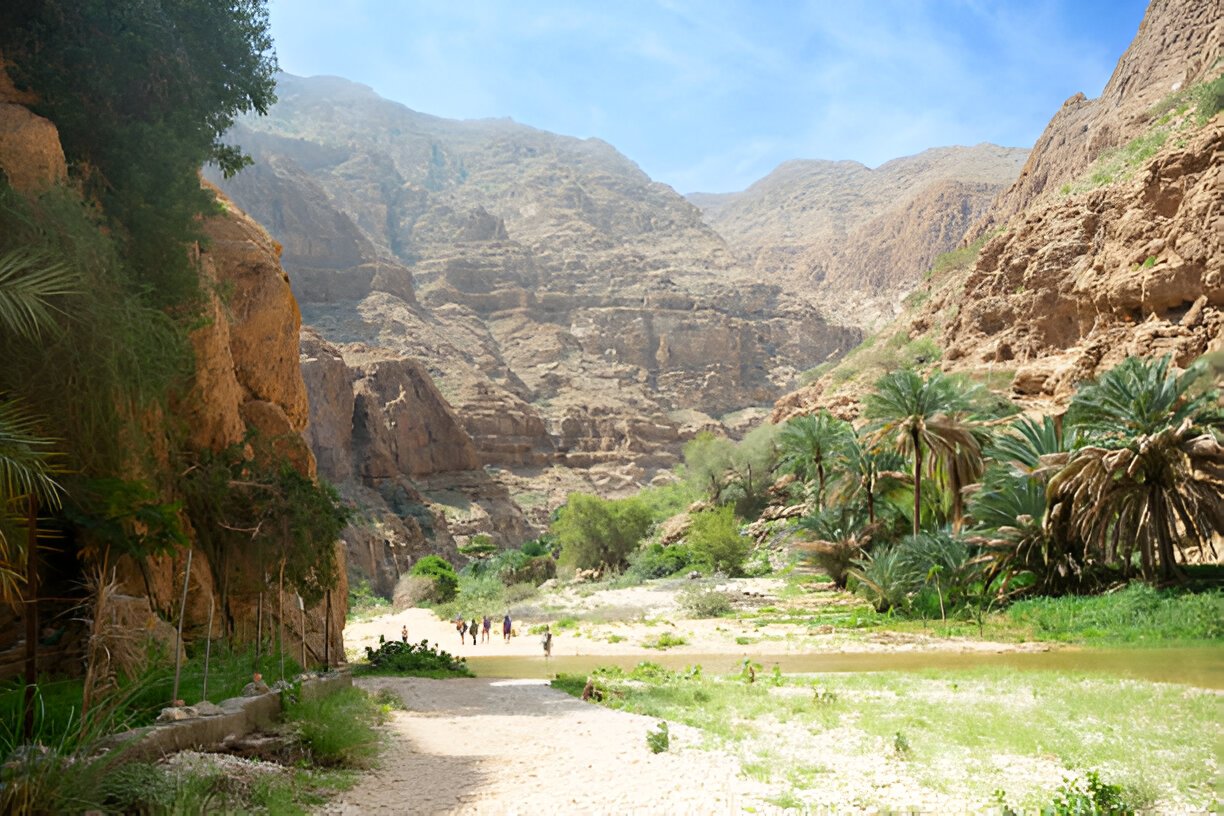
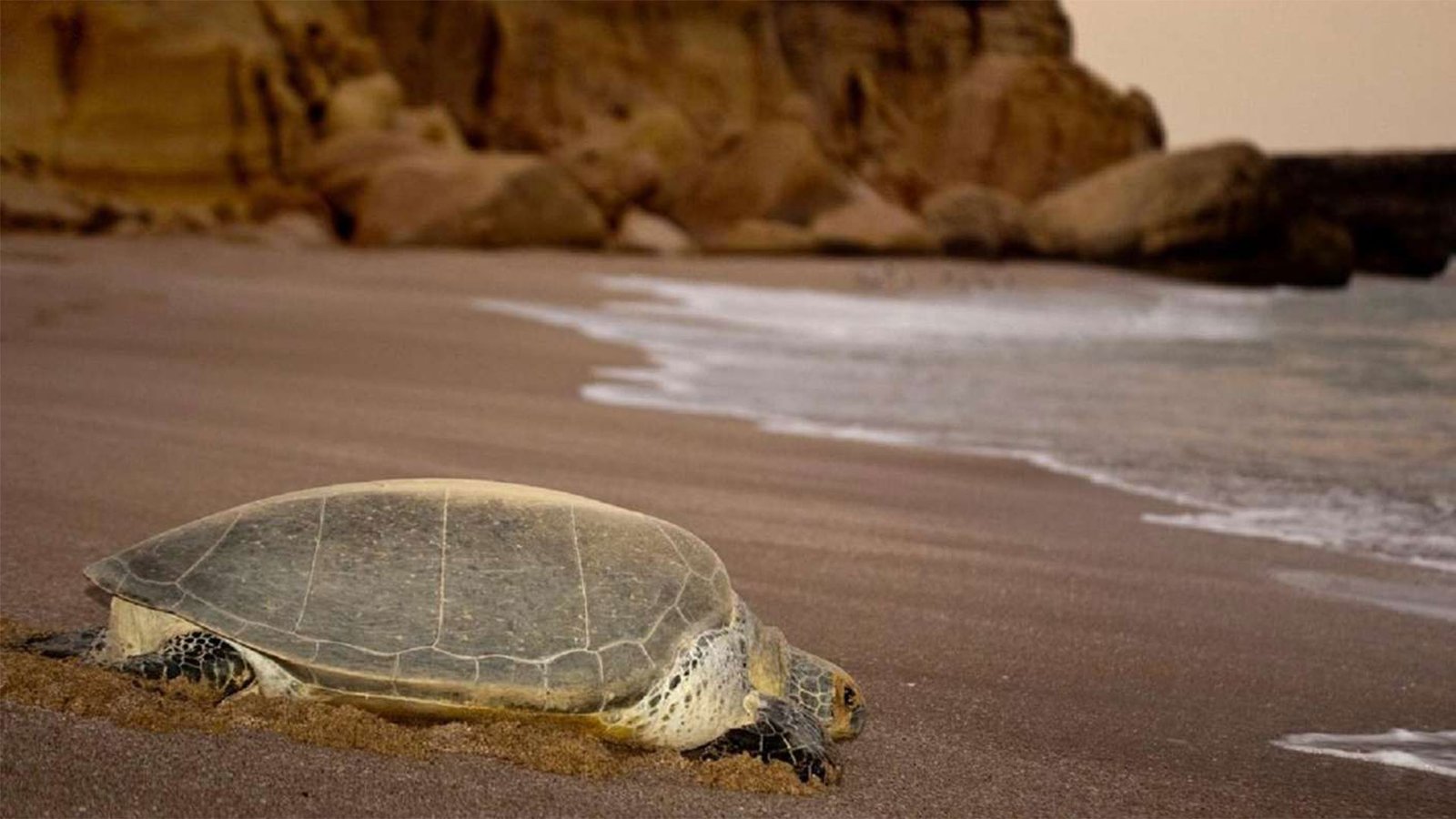
Ras Al Jinz Oman, is situated in the Ash Sharqiyah region of Oman, along the Arabian Sea. The reserve, which is spreading over a large area, even including the beach along with desert and mountains, displays such a unique geography, which is perfect for the sea turtles to hatch their eggs. Only in these parts do the sea turtles lay eggs successfully.
Ras Al Jinz Oman Turtle Reserve was related to the current decade trends in 1996 date, whence it was originally designed to protect the globally threatened breeding home of the Green Turtle (Chelonia mydas). The equipment crew finished the construction of the jetty, which contrasts with the 12-meter-high breccia walls by the live demonstration on the shore where they operate.
Ras Al Jinz Oman is a very special place to visit, for sure. The turtle-watching stands as a primary point of attraction, wherein the turtles are seen by the guests on the shorelines where they happen to nest. Guided tours can be taken where the guests can be educated in some depth about the turtles and their life cycle, as well as the conservation efforts that are underway to protect them. The tours are given by extremely knowledgeable guides who are very serious about the turtles and the environment and, as a result, they help the visitors take home a more profound knowledge about and love for these magnificent creatures.

The green turtle is the most common one found in Ras Al Jinz Oman. However, it is not the sole one. Loggerhead Sea turtles (Caretta caretta) also visit here on a small scale (albeit less common). Now and then, a visitor might even see hawksbill turtles (Eretmochelys imbricata) and olive ridley turtles (Lepidochelys olivacea). Each of them is endowed with a set of costumes and unique behaviors that draw from the experience of turtle-watching at Ras Al Jinz Oman.
Sunrise or late evening time is usually the best time to tour Ras Al Jinz Oman, typically since these are the times the turtles prefer to travel. The visitors are taken to the beach with the help of the guides and safely guided. They have the habit of using the flashlight sparingly whenever the turtles are around to not disturb them, and visitors are also advised not to speak loudly or make any other loud sounds. A mother turtle doing the hard work of digging the nest and laying the eggs slowly and one by one is a moving experience for most people, and it is a memory that lasts forever since they all see it.
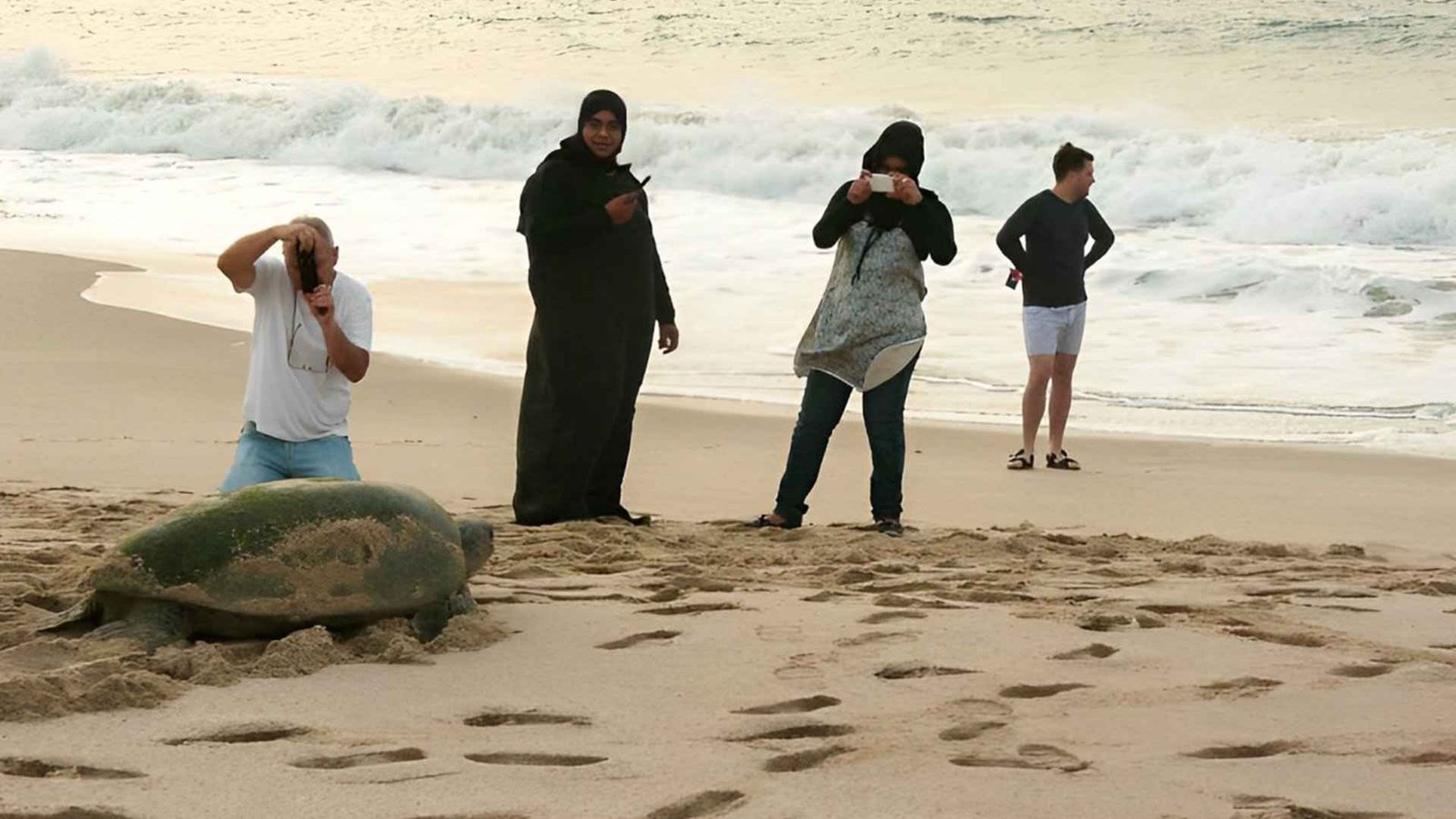
Turtle watching is a beloved nature activity in Oman that visitors come from all over the world for. The opportunity to gaze at these amazing creatures in their native place is one of the few unforgettable experiences. It is a challenging task for us to take care of the environment and turtles, as we have to deal with the high rate of visitors.
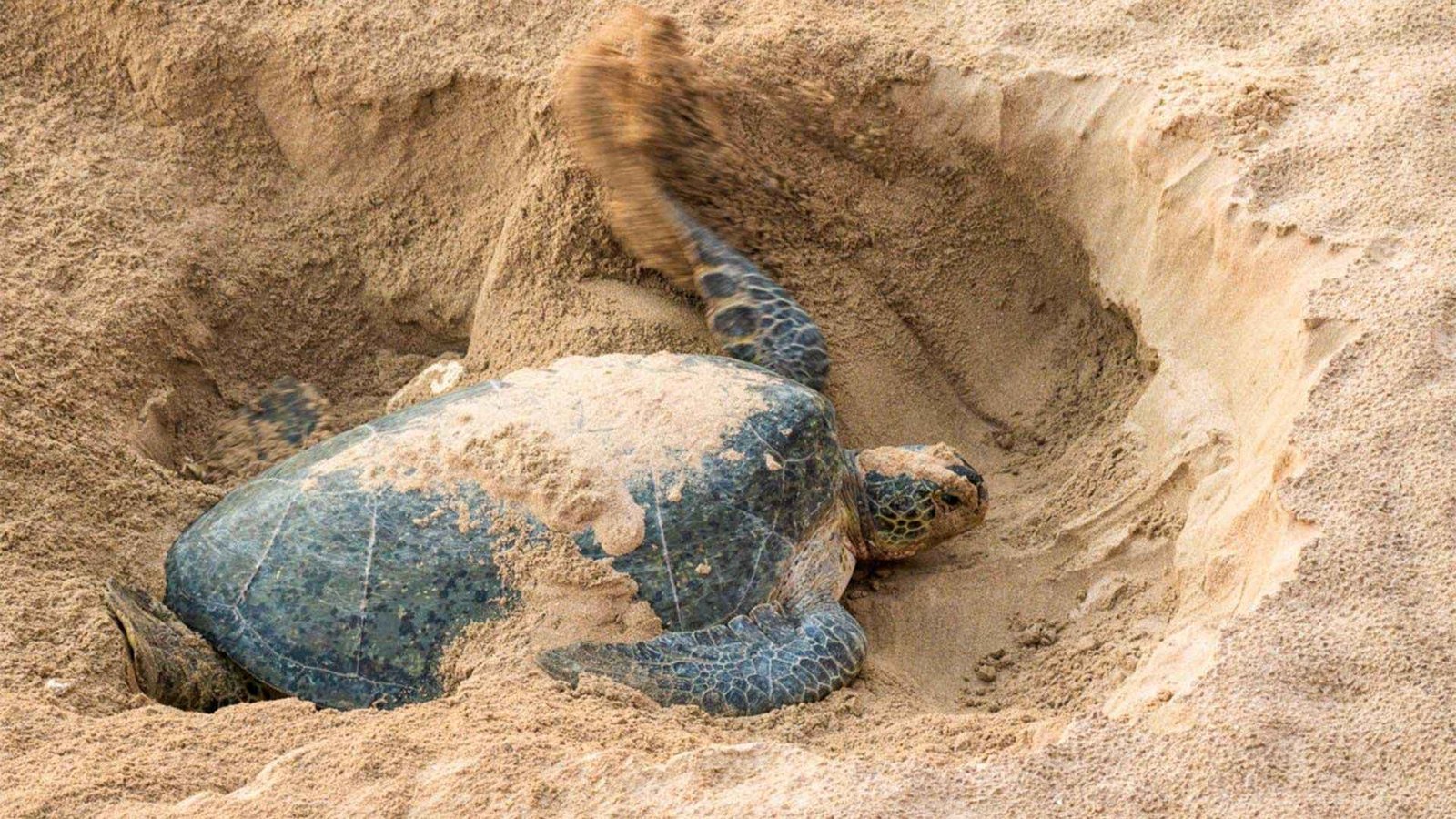
Eco-tourism has a very vital role in the preservation of Ras Al Jinz Oman. Eco-tourism, through the provision of a financial resource, basically helps fund the reserve’s operations and indirectly assists the local economy. It is also the main source for raising awareness about the necessity of the environment, as those who have witnessed the Ras Al Jinz Oman beauty are the ones who often become eco-advocates.
Ras Al Jinz Oman has taken upon itself the accountability of eco-tourism, minimizing the impact and innovating greener travel. Solutions of this kind entail that visitation is limited, eco-friendliness is encouraged, and tourists are informed of the importance of abstaining from wildlife. The reserve is also engaged in activities related to corporate social responsibility, such as reducing recycling and plastic waste besides boosting eco-friendly hotels.
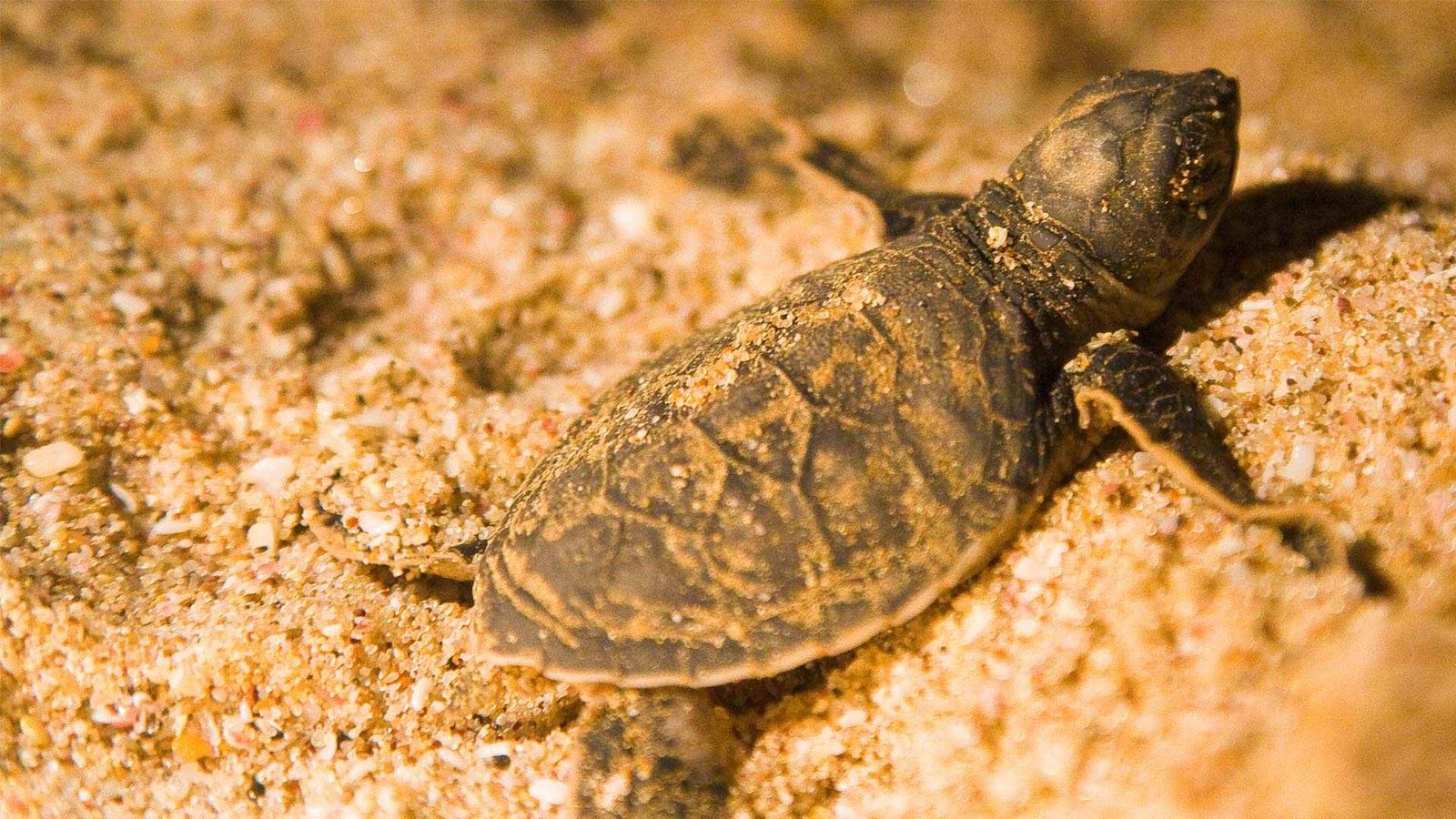
Ras Al Jinz Oman is the most common place where green sea turtles can be found, and they are the most endangered as well. These bigger reptiles are vegetarians, and they are usually named after the color of their fat, which, in the case of green turtles, comes from their primary diet consisting of seagrass and algae. The green turtles are known for being the longest-living turtle species with a lifespan of 80 years and more, playing an essential role in maintaining the health of seagrass beds, which are key marine ecosystems. Nevertheless, they are also one of the most vulnerable endangered animals; thus, they are also protected.
Loggerhead turtles are another bunch of the endangered ones that have found peace at Ras Al Jinz Oman, though not to a greater extent than the green turtles. Because of their massive heads, which are equipped with strong jaw muscles, the name Loggerheads seems to be quite a fitting one for them. Also, they are very good swimmers, and they go through very long journeys in the sea. However, turtles like these are in the same zone of endangered species, as they are affected by habitat elimination, pollution, and disconcerting fishing techniques.
Although Ras Al Jinz Oman is famous for the turtles living there, the country is rich in wildlife. The Arabian Oryx, the Arabian leopard, and the Houbara bustard are just a few of the species that can be found in the country’s deserts and mountains. The wildlife tourism industry is growing in Oman, and it is now possible for travelers to have a unique experience of the country’s ecosystems and its animals.
Oman is a diverse country with a variety of eco-regions such as deserts, mountains, and fields along the coastline of the Arabian Sea. In each of these locally made ecosystem species, you will find a myriad of wildlife to discover and reconnect with, which is what makes Oman more than just a perfect cut for nature enthusiasts. While mentioning turtles, including nesting at Ras Al Jinz Oman, tourists can also find enjoyment in other environments, including Wahiba Sands dunes, Daymaniyat coral reefs, and Al Hajar Mountains birdlife.
Arabian Oryx Sanctuary in Jiddat Al Harasis is one of the places in Oman with the distinction of being the site where the critically endangered Arabian Oryx has been released successfully. In the meantime, there was also the opening of Al Wusta Wildlife Reserve, which is home to such a rare Arabian leopard. Implanting some rare wildlife experiences as a part of the zoo, the places make tourists understand that Oman’s natural heritages are so interesting and great natural resources for them to explore.
You can reach Ras Al Jinz Oman by driving approximately 230 kilometers southeast from Muscat. The drive takes about 3 to 4 hours and offers splendid views of the Omani coastline. Alternatively, you can join a tour organized by an agency in Muscat, which includes transportation to and from Ras Al Jinz Oman.
Yes, visitors to Ras Al Jinz Oman are required to follow specific guidelines to minimize impact on the turtles. These include limiting the use of artificial light, avoiding flash photography, speaking softly, and following the instructions provided by the guides.
While Ras Al Jinz Oman is famous for its sea turtles, you may also encounter other wildlife such as birds and marine life in the area. The reserve’s unique geography supports diverse ecosystems, making it a great spot for nature enthusiasts.
There are various accommodation options near Ras Al Jinz Oman, ranging from luxury resorts to simple, affordable lodgings. The on-site eco-friendly accommodations at the Turtle Reserve are particularly popular for their minimal environmental impact and proximity to the reserve.
Visitors can contribute to the conservation efforts at Ras Al Jinz Oman by following the guidelines during tours, participating in eco-friendly tourism practices, and supporting the reserve’s conservation projects through donations or volunteer work.
The green turtles at Ras Al Jinz Oman are significant because they are one of the most endangered species of sea turtles. Their presence in the reserve highlights the importance of conservation efforts to protect their habitat and ensure their survival.
Never miss any important news. Subscribe to our newsletter.



